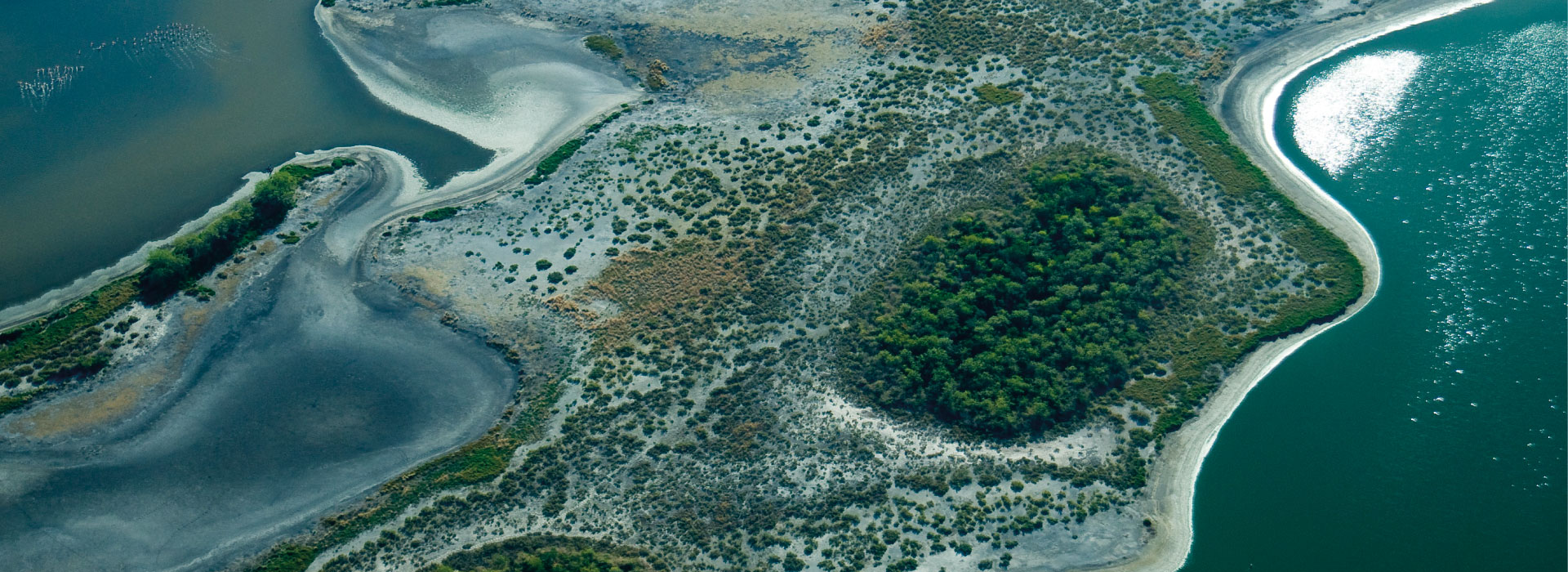GREAT PARAGUAYAN CHACO
Departments: Presidente Hayes,
Boquerón y Alto Paraguay
Departments: Presidente Hayes,
Boquerón y Alto Paraguay
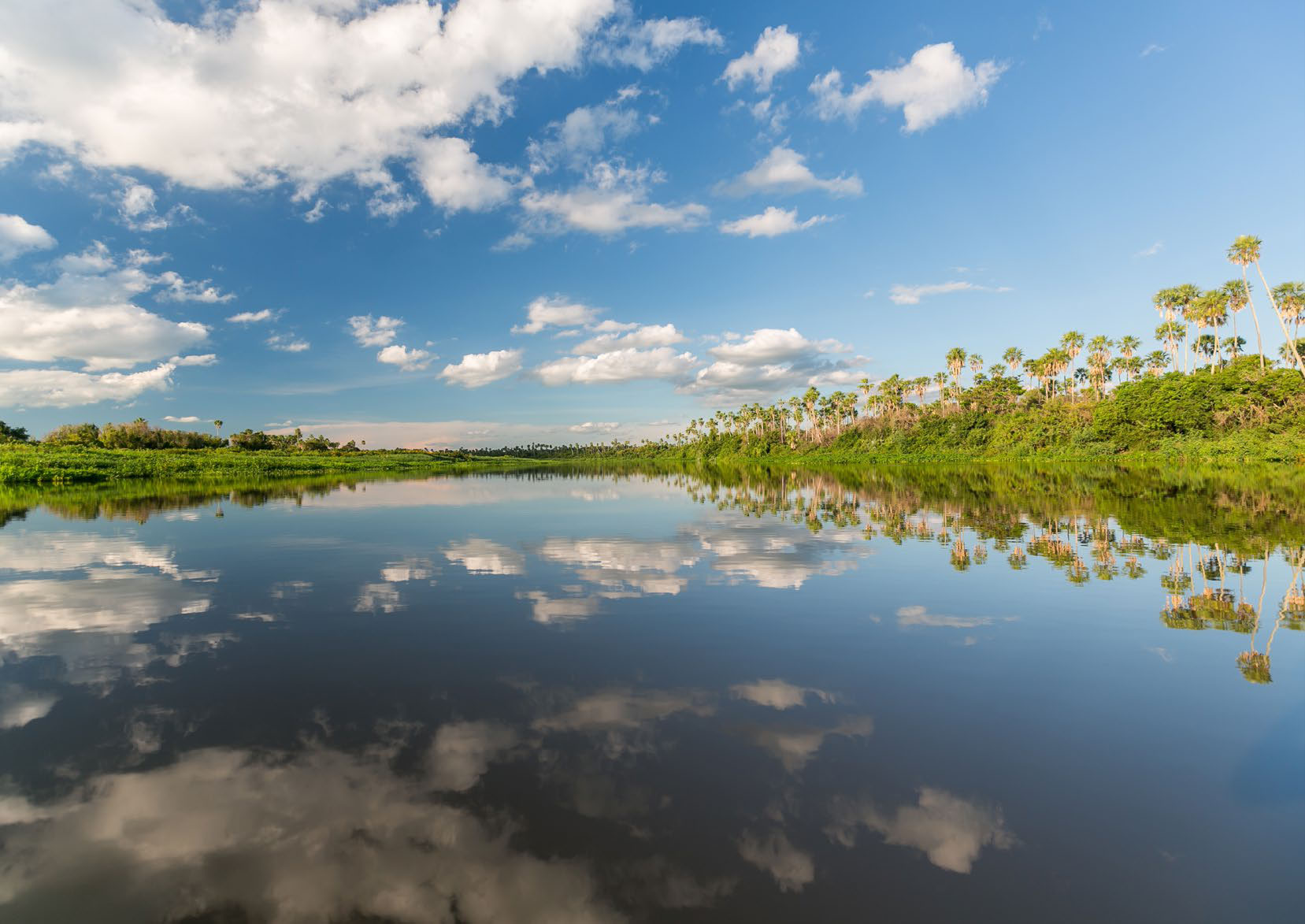
The Paraguayan Chaco is a vast, almost mystical, untamed plain, rich in biodiversity, with wild nature, impressive cultural diversity, and advantageous terrain for investment. It covers more than 50% of the Paraguayan territory, but concentrates barely 5% of its population. With 246,925 km2, it is as large as Ecuador (283,560 km²), and even larger than Uruguay (176,215 km2).
The region is preparing to be an important regional logistics hub, with the construction of the Bioceanic Road Corridor, which will connect the Atlantic (Brazil) and Pacific (Chile) oceans, through Argentina.
The Paraguayan Chaco is part of the Great South American Chaco, including territories from Paraguay, Bolivia, Argentina, and Brazil.
It is based on what was a great sea in the Silurian-Devonian period, that is, about 400 million years ago, and on another sea, about 15 million years ago, which is the one that originated the great Chaco plain. The vestiges can be confirmed by the salinity of its waters and soil. The gypsum deposits to the north of the Boquerón department are evaporites (rocks) of marine origin.
The Great Chaco is a region with a wide cultural, religious, and linguistic diversity. Since ancient times, it has been a zone of exchange and cultural mix. Currently, 15 different indigenous communities, together with Mennonite settlers, Paraguayans, Brazilian immigrants, and other settlers live there.
Originally, three linguistic families from ten tribal groups, also called ethnic groups, lived here. The central part of the Paraguayan Chaco was occupied by the Maskoy groups. These are subdivided into Lengua, Toba Qom, Sanapaná, Angaité and Guaná, all dialects of common linguistic origin. In the south were the Mataco, of whom three groups lived north of the Pilcomayo River: the Nivaclé, the Choroti, and the Macá.
The northern Chaco belonged to two groups of the Zamuco family, the Chamacoco and the Ayoreo Totobiegosode. Until today, there are groups of Ayoreo, also called foresters, living in their ancestral territory, in the northern Chaco, that have never been contacted.
We find two large indigenous communities settled in the region; the Enxet Sur Community, Aldea 20 de Enero – El Estribo, in the district of Teniente Irala Fernández, and about 418 km from Asuncion, which provides a community tourism experience. Here, one can visit the Craft Center, take guided tours of the interpretive trails, and explore a hidden lagoon in the middle of the exuberant vegetation. This can also be done at the Santa Teresita Indigenous Community, located on the Transchaco Route PY09, 520 km from Asuncion. More than a thousand natives from different communities live on the site. Pope John Paul II officiated a mass here during his visit to Paraguay in 1988. In the month of February, the community celebrates the Arete Guasú Festival (Big Holiday) of the Great Guarani Nation, where the natives wear extraordinary costumes and masks.
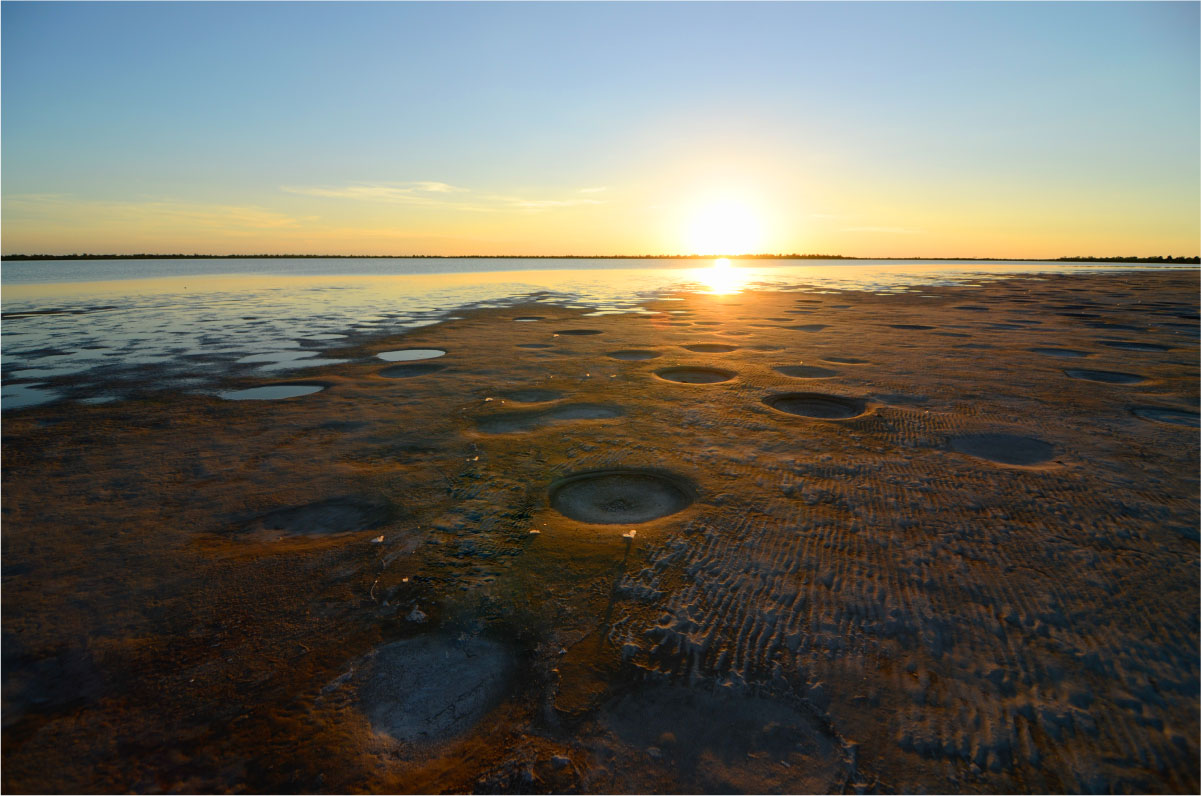
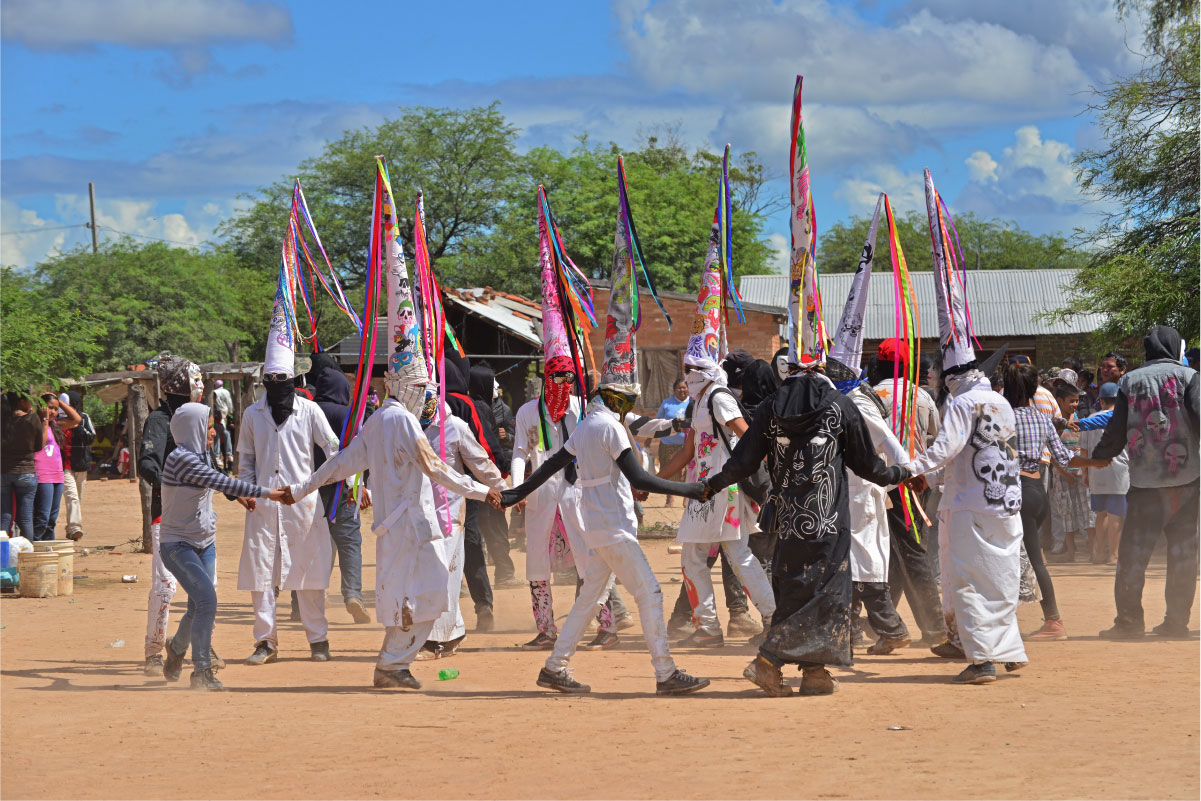
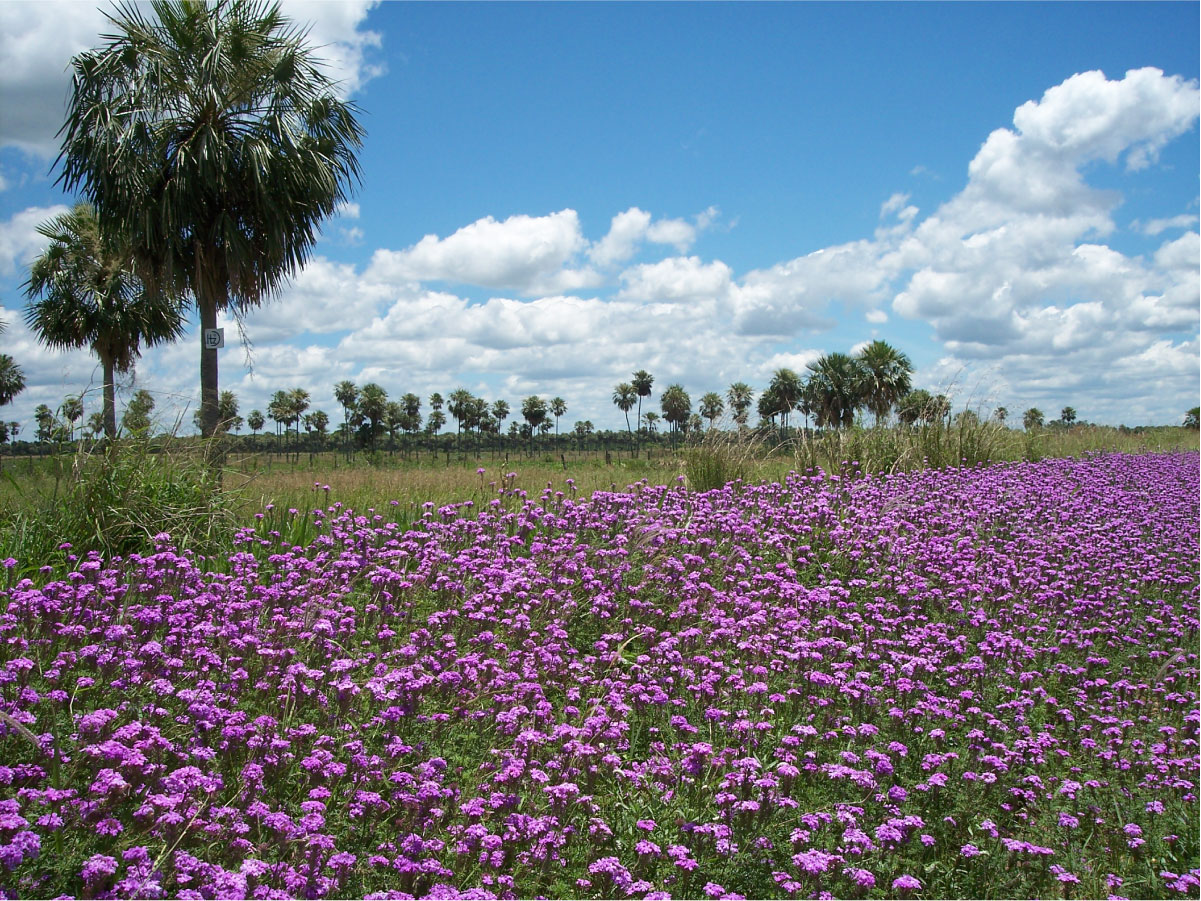
Given the variety of factors and mysteries that make up the Western Region, the National Tourism Secretariat (Senatur) designed and inaugurated the Great South American Chaco Interpretation Center (CIGChA in Spanish).
The facility is located 12 km from the urban area of Filadelfia, the capital of the Boquerón Department, and 468 km from Asuncion.
Through a guided tour of 7 areas, the CIGChA shows visitors all the ecosystem’s magnificence, the multicultural wealth of indigenous communities, and the great diversity of fauna and flora in the Paraguayan Western Region. The 1,800 m2 building, surrounded by solar panels and samu’u trees, combines technology and sustainable architecture.
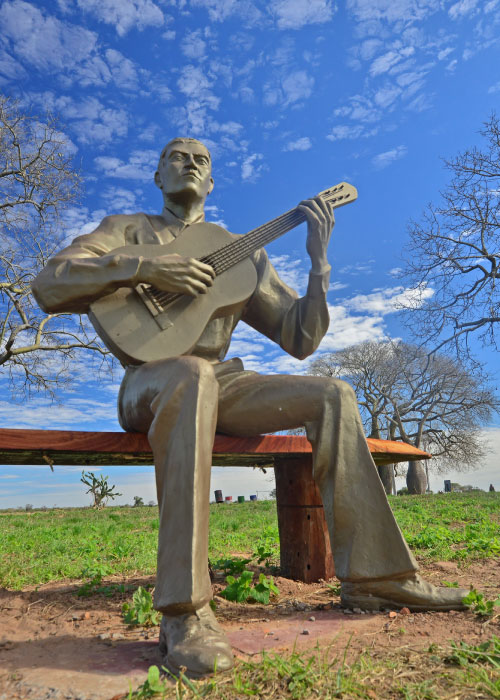
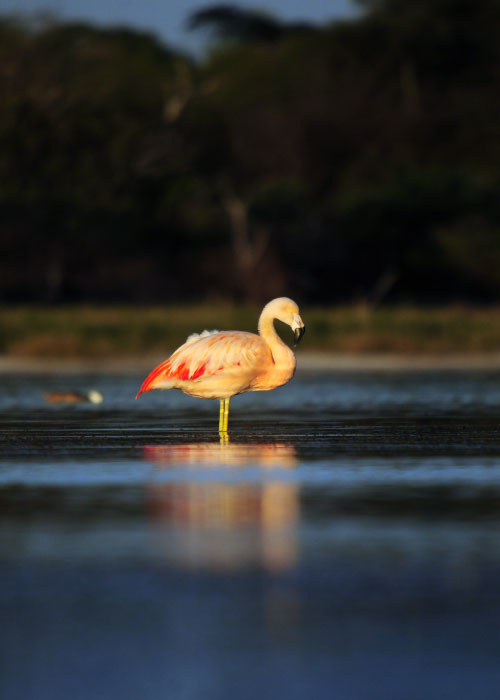
Villa Hayes is the gateway to the majestic Paraguayan Chaco, and capital of the Presidente Hayes Department. It stands out for its streams, gallery forests and seasonal wetlands that favor the presence of wildlife and livestock production. Rivers, estuaries, and lagoons characterize this land of palm groves and lowland forests.
Gastronomy here is characterized by the typical food of the region; based on seasoned meat (cecina), prepared in different ways in restaurants and bars along the routes. The department is also home to old military forts, now converted into museums, which were part of the war scene between Paraguay and Bolivia, from 1932 to 1935.
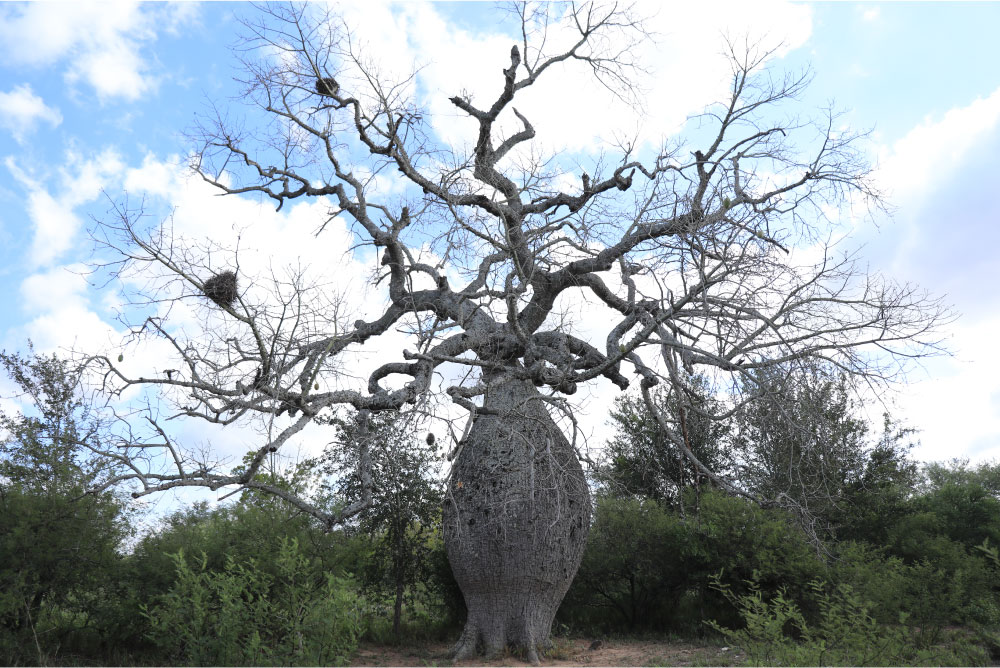
The Boquerón Department, with its capital Filadelfia, is one of the richest in cultural and historical values. It has natural reserves, prosperous Mennonite colonies organized in cooperatives, dairy factories, museums, professional training centers, hospitals, and indigenous settlements, which celebrate different ancestral commemorative festivals every year.
The Mennonite community has great incidence in the region. They have established an important production system for Paraguay. 75% of the country’s dairy production is generated in its cooperative establishments.
Visitors can find comfortable accommodations and good restaurants with a varied menu in Filadelfia, Loma Plata. Mariscal Estigarribia and Neuland Hotel and excursions’ booking can be made through local guides or travel agencies located in Filadelfia and Loma Plata.
In the Mennonite colonies, visiting the jam factories, which process wild fruits to produce jam, is an experience one cannot miss. Besides adding value through gastronomy to the fruits found here, and contributing to sustainable development, they generate social impact. The factories offer exquisite and unique flavors, and promote the work of indigenous women and Chaco residents revitalizing and promoting native foods. Its production includes jams and syrups made from little-known fruits such as tamarind, chañar, mistol, black molle, redcurrant, kinoto, prickly pear, carob flour, infusions of dried redcurrant fruits, and the seasoning called merquén made with wild chili.
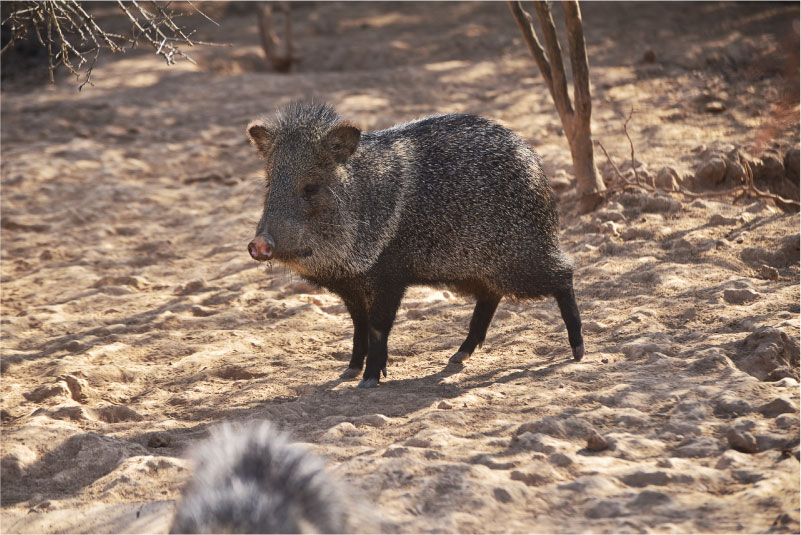
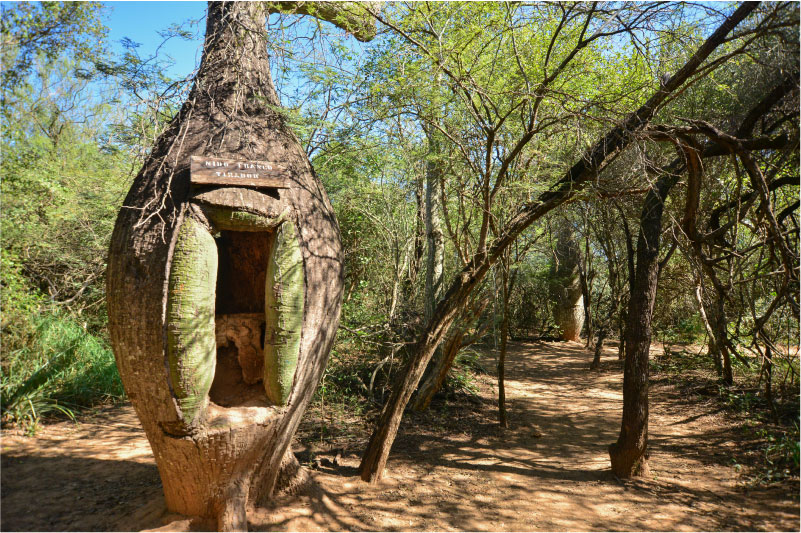
Diving in the exuberant Chaco nature, its cultural diversity and its interesting history is best in the Alto Paraguay Department. Much of this territory is home to the immense Paraguayan Pantanal, which is part of the largest wetland system in the world, and is shared with Brazil and Bolivia.
It is home to more than 380 bird species, 55 reptiles, 37 amphibians, 173 fish, and 114 species of mammals. Among these, the yaguareté (jaguar) stands out, one of the most emblematic species of the neotropics, and the largest feline in America, which is sadly in danger of extinction.
Birds are great protagonists in the Pantanal, among them, the colorful matico (Icterus croconotus) and the elegant jacamar (Galbula ruficauda) that amazes with its bright colors. The main cities in the area are Fuerte Olimpo and Bahía Negra.
The Defensores del Chaco National Park is home to a geological rarity: the Cerro León massif, an isolated mountain formation some 40 km in diameter in the great Chaco plain. The site offers the opportunity to explore its mountains, canyons, and ravines, and come across the most beautiful specimens of the Chaco fauna at any time, such as a herd of peccaries (kuré kaaguy), an imposing jaguar (jaguar) or flocks of birds.
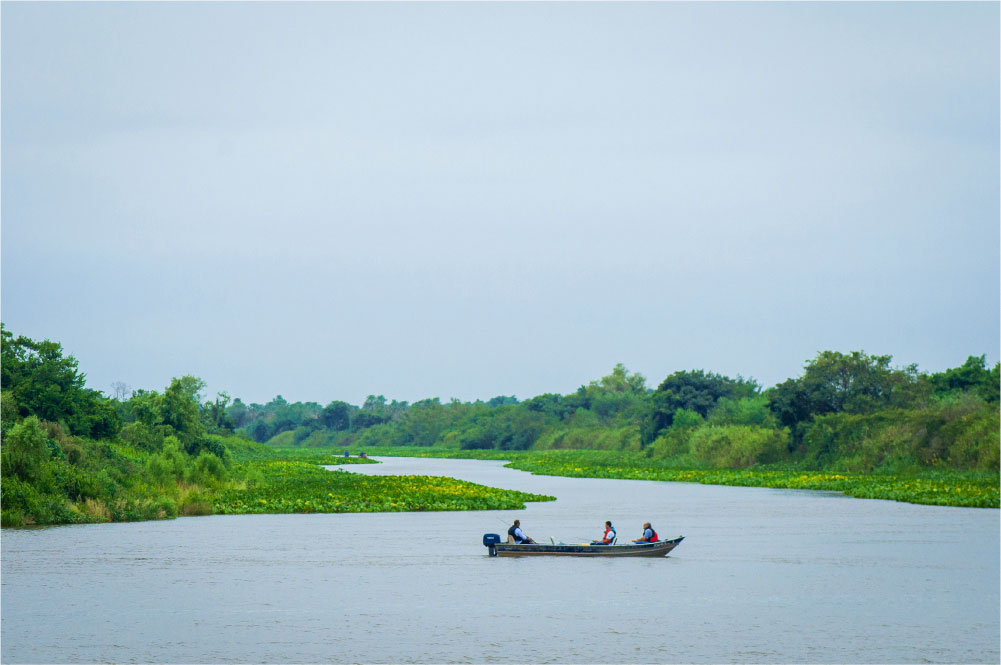
The most outstanding species of fauna are the yaguareté (jaguar), ocelot, puma, tigrillo, jaguarundí, taguá, tatú carreta (giant armadillo) and several other species of armadillos, yurumí (anteater), mboreví (tapir), rhea (ostrich), charata (pheasant), various species of parrots, mboi ro’y (boa), mboi chiní (rattlesnake) and teyú guazú (giant lizard).
The Tres Gigantes Biological Station, located 40 km from Bahía Negra’s center, on the Negro River, is the first Pantanal research center in the Paraguayan part. It comprises 15,000 ha, managed by a local NGO. It is accessible only by boat, and all the necessary elements, including food for visitors, are brought in from Bahía Negra. The station conserves a representative area of the Pantanal.
The Alto Paraguay Department is still a wild place; thus, accommodation and gastronomic centers are scarce, and visits must be made by appointmen, through specialized agencies in the cities of Carmelo Peralta, Puerto Casado, Fuerte Olimpo, or Bahía Negra.
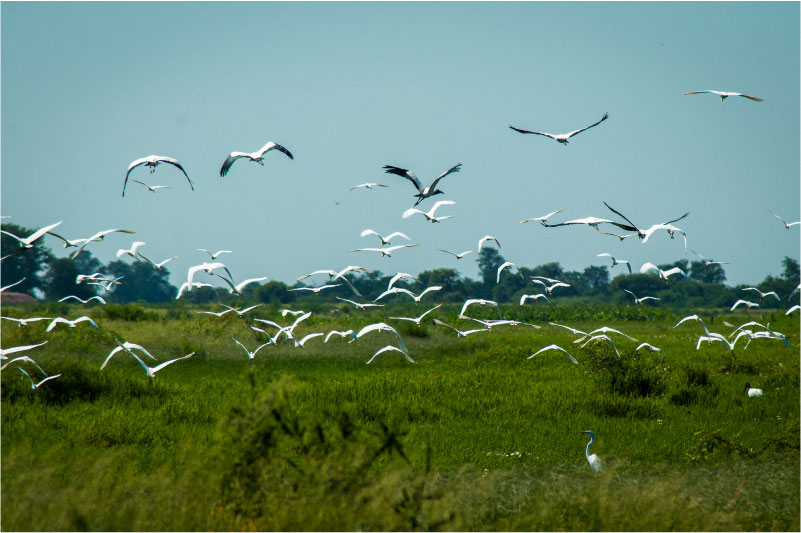
Until today, the Chaco is a land to be discovered. The Dry Chaco offers public and private protected wild areas, rural tourism options in ranches, or specific bird or wild mammal watching activities, which allows the visitor to appreciate the biodiversity’s richness. The Mennonite cooperatives also manage sites of great interest for flora and fauna watching activities.
With incredible flora and fauna, more than 2,000 plant species are classified in the region. Nine species of armadillo (tatú) and five species of monkey live here. It is also habitat to the largest terrestrial herbivore in South America: the tapir. In addition, thanks to conservation policies, the yaguareté (jaguar) and the American lion (puma) proliferate today.
In 1975, when almost all the Chaco territory was discovered, a species of peccary called taguá was discovered. It is an almost prehistoric animal that scientists believed to be extinct.
One of the visitors’ most requested activities is the flora and fauna watching, especially migratory birds in the salty lagoons of the Central Chaco. Laguna Capitan is the best-known site for this type of activity. It is 35 km from Loma Plata, owned by the Chortitzer Komitee Cooperative, and only available for watching activities with specialized guides.
At different times of the year, you can see flamingos, herons, the karau, roseate spoonbills, coscoroba swans, collared ducks, choker ducks, pectoral sandpipers, white-rumped sandpipers, olive-crowned crescentchests, the scimitar-billed woodcreeper, the copetona, and other migratory birds in danger of extinction in this site.
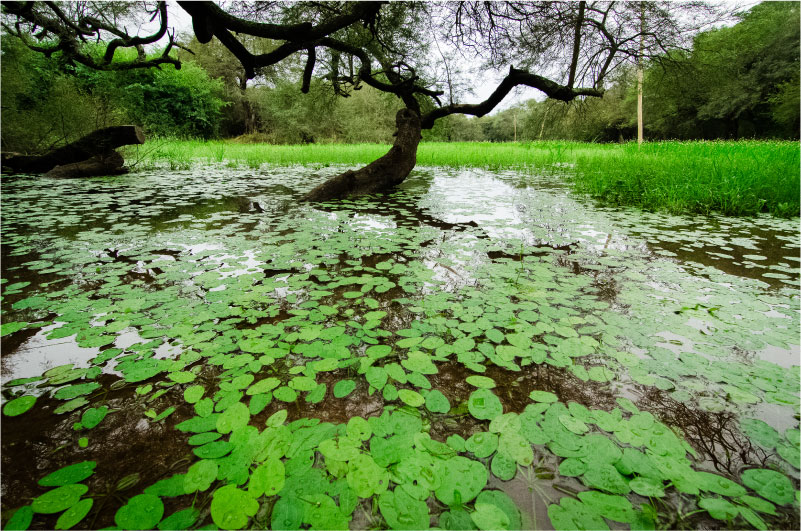
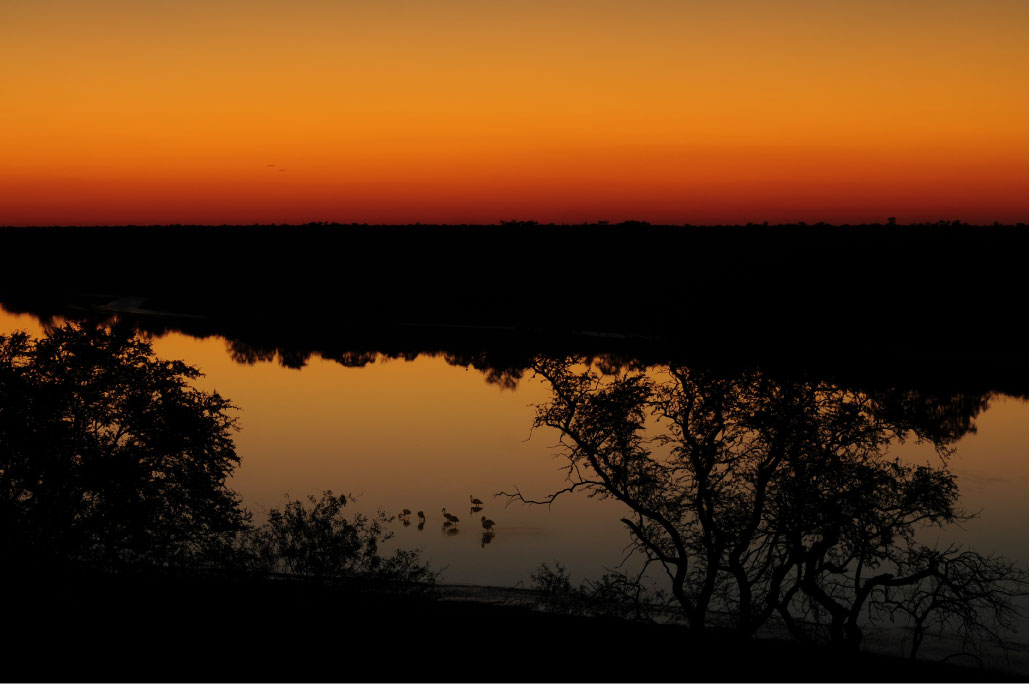
According to the Guyrá Paraguay Organization, there are around 700 bird species that converge in various ecoregions and throghout Paraguayan territory. Of this total, same 350 species settle or use the Chaco territory as a landing place on the long journey they make during winter months from the North of the continent while searching for warmer environments to the South.
The Campo Yaragüi, is another beautiful place to admire the Chaco nature and it is 90 km from Loma Plata. It has lodgings, camping areas, natural lagoons, and a walkway for visitors. In addition, there is Campo María, approximately 80 km from Loma Plata, an idyllic place that has a salty largoon with a viewpoint, which connects with other lagoons formed by wetlands. Its viewpoint facilitates birds watching from an unusual height.
One can also visit Chaco Lodge, declared a RAMSAR Site (Wetland of International Importance). It is a 2,500-ha natural reserve on a private property available for ecotourism, bird, fauna and flora watching, and photographic tours. Ideal months for flamingos watching are May to September. Is a located a litle over 60 km from Tte. Irala Fernández and 110 km from Filadelfia heading southeast.
